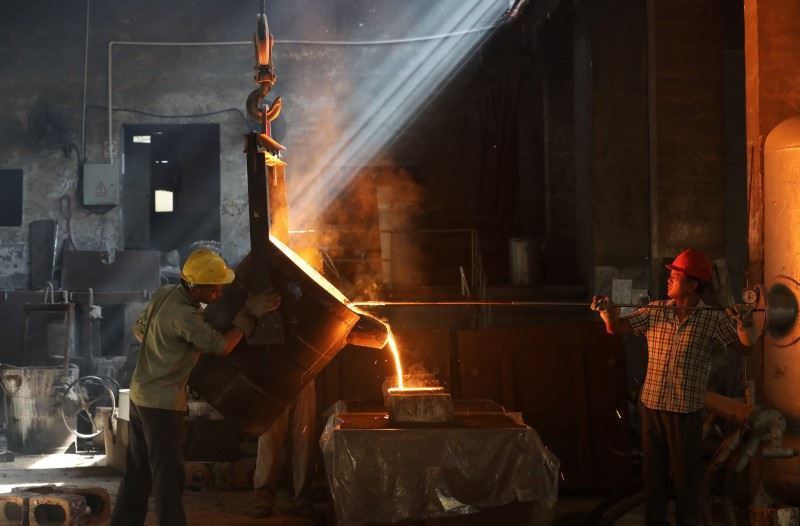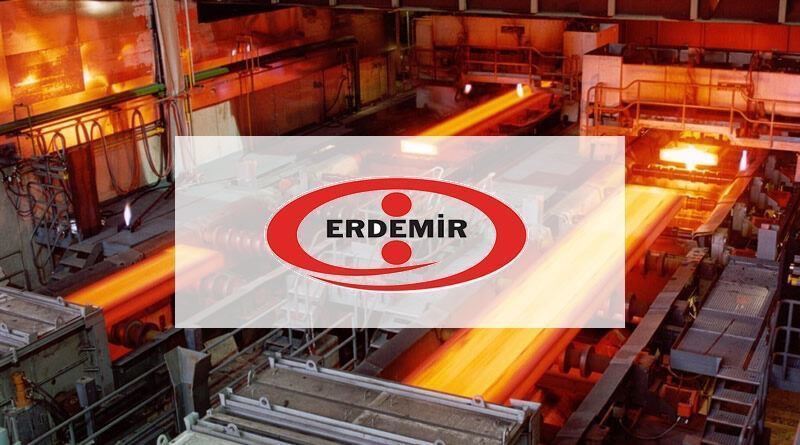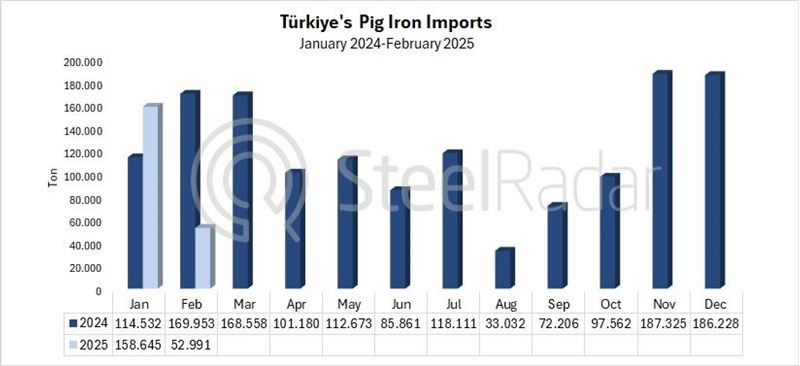According to an analysis prepared by Bloomberg Intelligence Senior Industry Analysts Richard Bourke and Alon Olsha and contributed by Grant Sporre, Canada and Mexico are among the main steel exporters to the US. However, given that the US has a steel trade surplus with Mexico, many of these products could also be produced within the US.
Among European producers, SSAB is protected against tariffs by the advantage of its US mills, while ArcelorMittal is vulnerable to tariffs due to exports from its plants in Canada and Mexico.
Canada and Mexico Stand Out in Steel Exports to the US
The largest source countries for US imports by volume vary by type of steel product. The US imported the largest share of flat products from Canada with 3.7 million metric tons in 2023, followed by South Korea with 1.1 million. Canada was also the largest source of long product imports with 1.1 million tons, and Mexico was in 2nd place with 732,000.
Brazil's 3 million tons led US imports of semi-finished steel, followed by Mexico's 1.5 million tons. In pipe and tube, South Korea led exports to the US with 1 million tons, while Canada was second with 812,000 tons. Taiwan was the largest source of imported stainless products with 141,000 tons, followed by Finland with 103,000 tons.
Canada and Mexico, the leading exporters of steel to the US, are exempt from tariffs under the USCMA trade agreement. The largest category of imports from Mexico is semi-finished slabs, which according to recent industry allegations could be imported from Brazil or come from China via Vietnam. This was the reason behind the “melt and pour” requirement to be exempt from 25% tariffs in Mexico.
Canada has long been a major supplier of steel, particularly flat-rolled steel, to the United States due to its proximity and strong trade relationship. Canadian producers are competitive on quality and cost thanks to investments made to modernize production processes, lower labor costs due to a publicly funded health care system, and access to natural resources such as iron ore and met coal.
One-third to one-half of the average 29 million tons of steel the US imports annually are specialty steels that may not be readily available domestically. Unique steel, alloy or specialty product grades include stainless, electrical, tool, high-strength low-alloy, pipe, oil country commodities and plate.
Relative pricing drives the rest of imports. High US prices make low-priced imports of commodity steel products such as hot-rolled coil attractive, despite tariffs. Since 2010, carbon and alloy plates have been the most imported grade, and one of the cheapest. Sheets are semi-finished steel products that are processed to create a variety of end products such as sheet metal, pipes and tubes. Imports compete with products from Nucor, Steel Dynamics, US Steel and Cleveland-Cliffs.
Mexico's Rise in Steel Exports
Mexican steel exports to the US have increased in recent years. One of the main reasons for this is that semi-finished slabs from Brazil and China enter the US via Mexico. This is one of the main factors behind the “melt and pour” requirement under the USCMA to exempt Mexican steel from tariffs.
Canada, on the other hand, has been a strategic supplier to the US for many years. It maintains its competitiveness, especially in flat-rolled steel production, thanks to modern production investments, low labor costs and access to natural resources such as iron ore.
Specialty Steels Play a Big Role in US Steel Imports
One-third to one-half of the average annual US steel imports of 29 million tons are specialty steels that are not readily available domestically. These include stainless steel, electrical steel, high-strength low-alloy steels, pipes and plates. In other import items, high US domestic market prices make it attractive to import low-priced commodity steel products such as hot rolled coils.
Steel Tariffs and Their Impact on the Automotive Industry
Higher tariffs imposed by the US administration are expected to support steel producers that depend on the automotive sector. However, changes in consumer preferences may affect this situation. The shift in the US auto market towards smaller and more affordable vehicles poses risks for domestic steelmakers focused on SUV and truck production.
Status of SSAB and ArcelorMittal in the US
European steelmakers produce 10-30% of their revenues in the US, but only SSAB is protected from tariffs due to its US-based production. ArcelorMittal derived 23% of its sales from North America and produced 13% in the US, and we estimate that most of this came from steel exported across the border from Canadian and Mexican plants. This steel could become 25% more expensive, and some of the steel sold in Canada and Mexico could eventually be at risk if auto plants in those countries move to the US.
SSAB generates 31% of its US sales from plants in Alabama and Iowa, so it could sell its heavy plate at close to import parity prices. Other European steelmakers do not produce steel in the US, instead re-rolling intermediate products.











Comments
No comment yet.